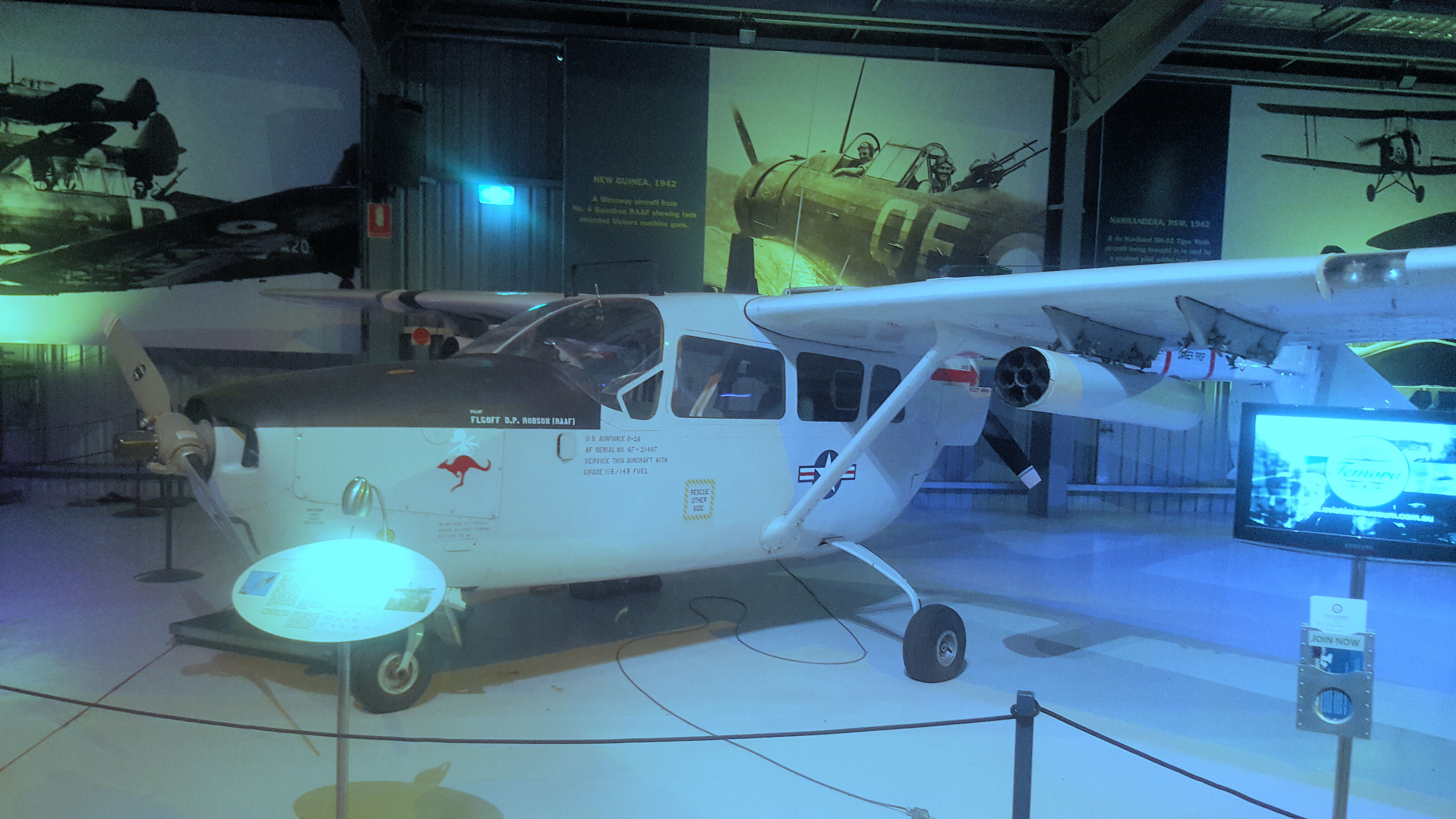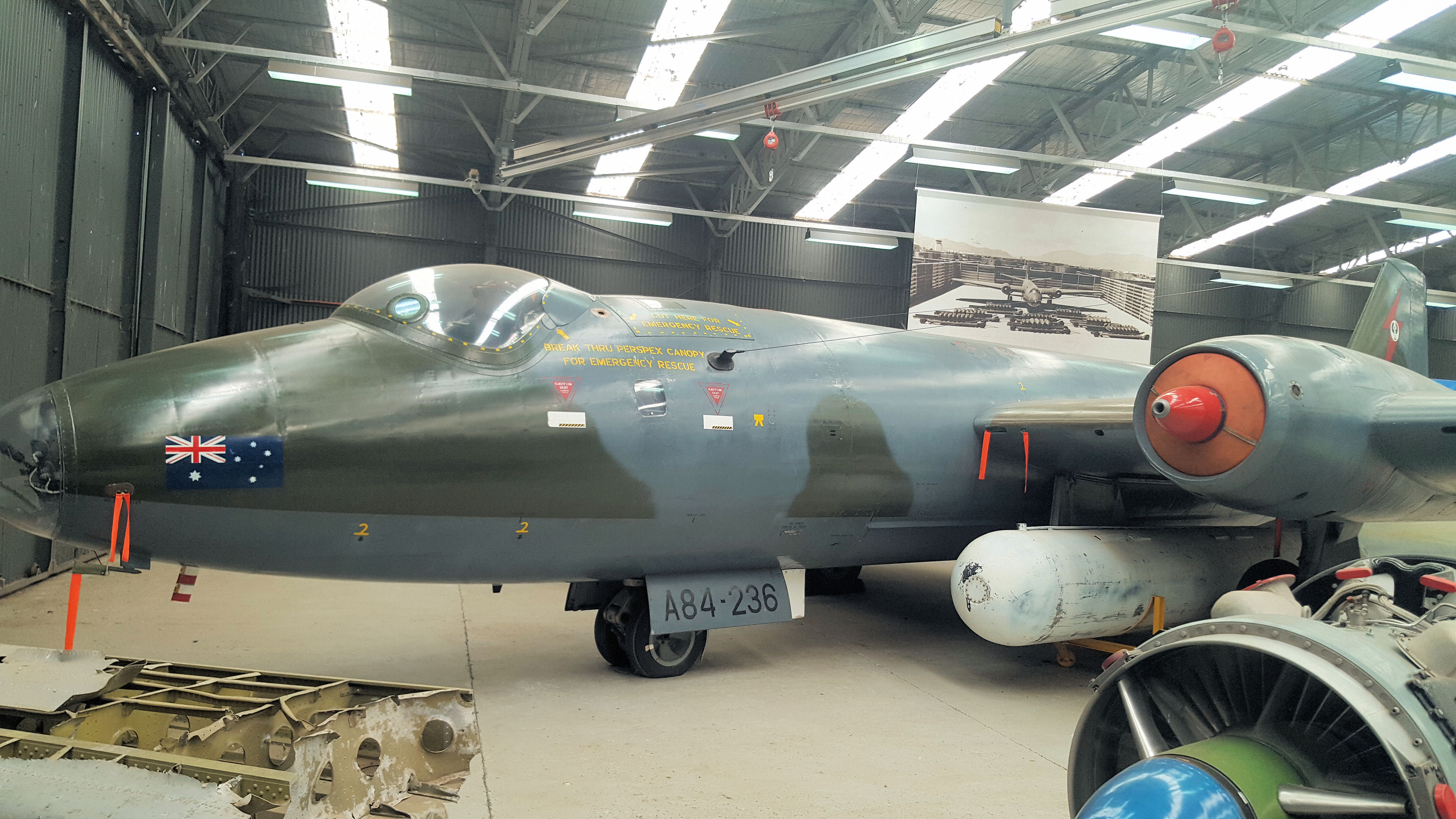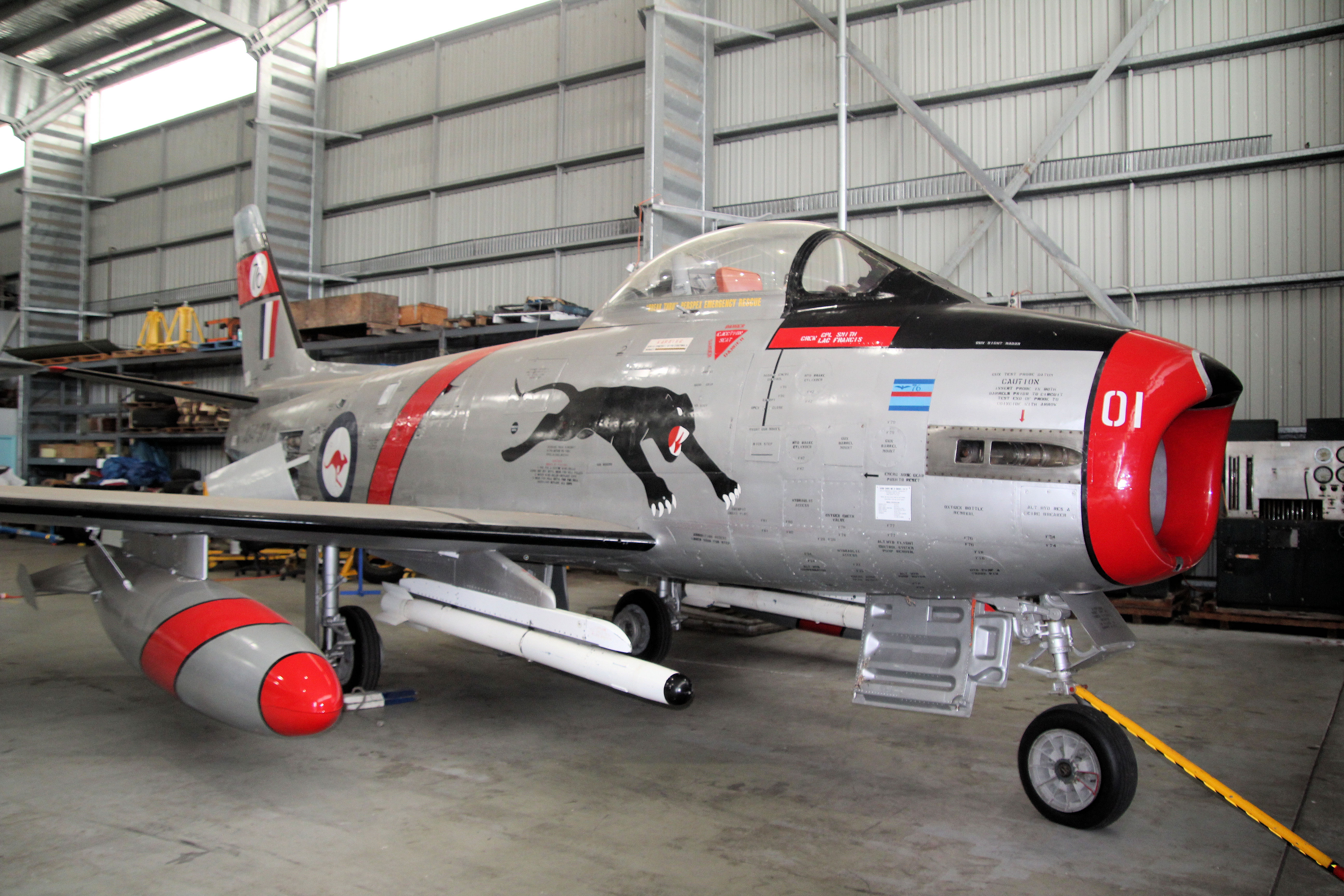Tag: airplane
-
Cessna O2-A

Cessna O2-A Temora Aviation Museum Read more
-
English Electric Canberra

English Electric Canberra Newcastle Williamtown Air Show November 2023 Historical Aircraft Restoration Society Temora Aviation Museum RAAF Museum Point Cook Avalon Airshow 2017 South Australian Aviation Museum Read more
-
CA-27 Sabre

CAC CA-27 Sabre CA-27 Sabre an Australian built version of the North American F-86 Sabre. Operated by the RAAF and later the Indonesian and Malaysian Air Forces. Fighter World Williamtown Wings Over Illawarra 2018 HARS Aviation Museum CAC CA-27 Sabre A94-901 Temora Aviation Museum RAAF Williamtown Airshow 2010 Classic Jets Fighter Museum Parafield Airport The… Read more